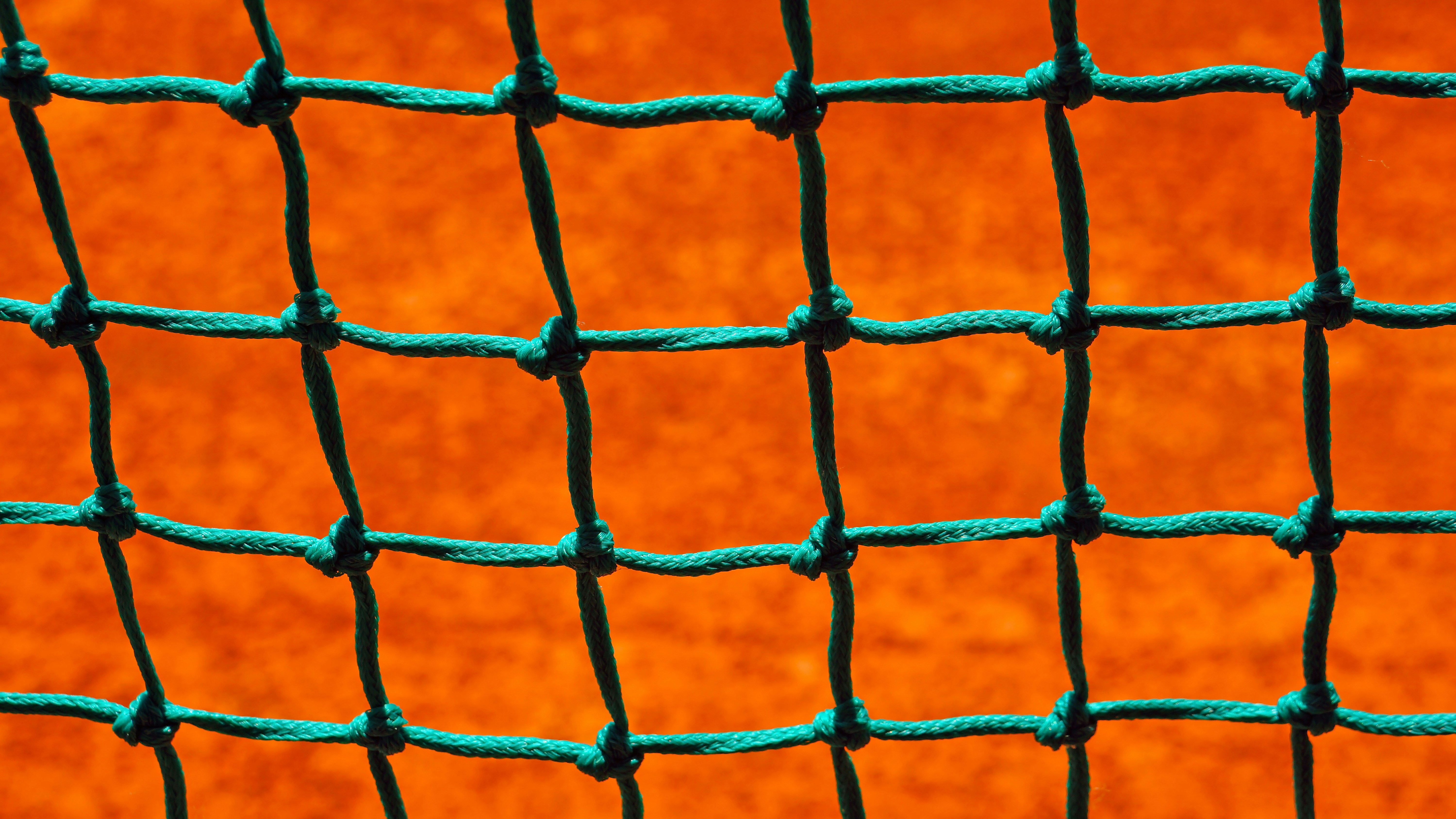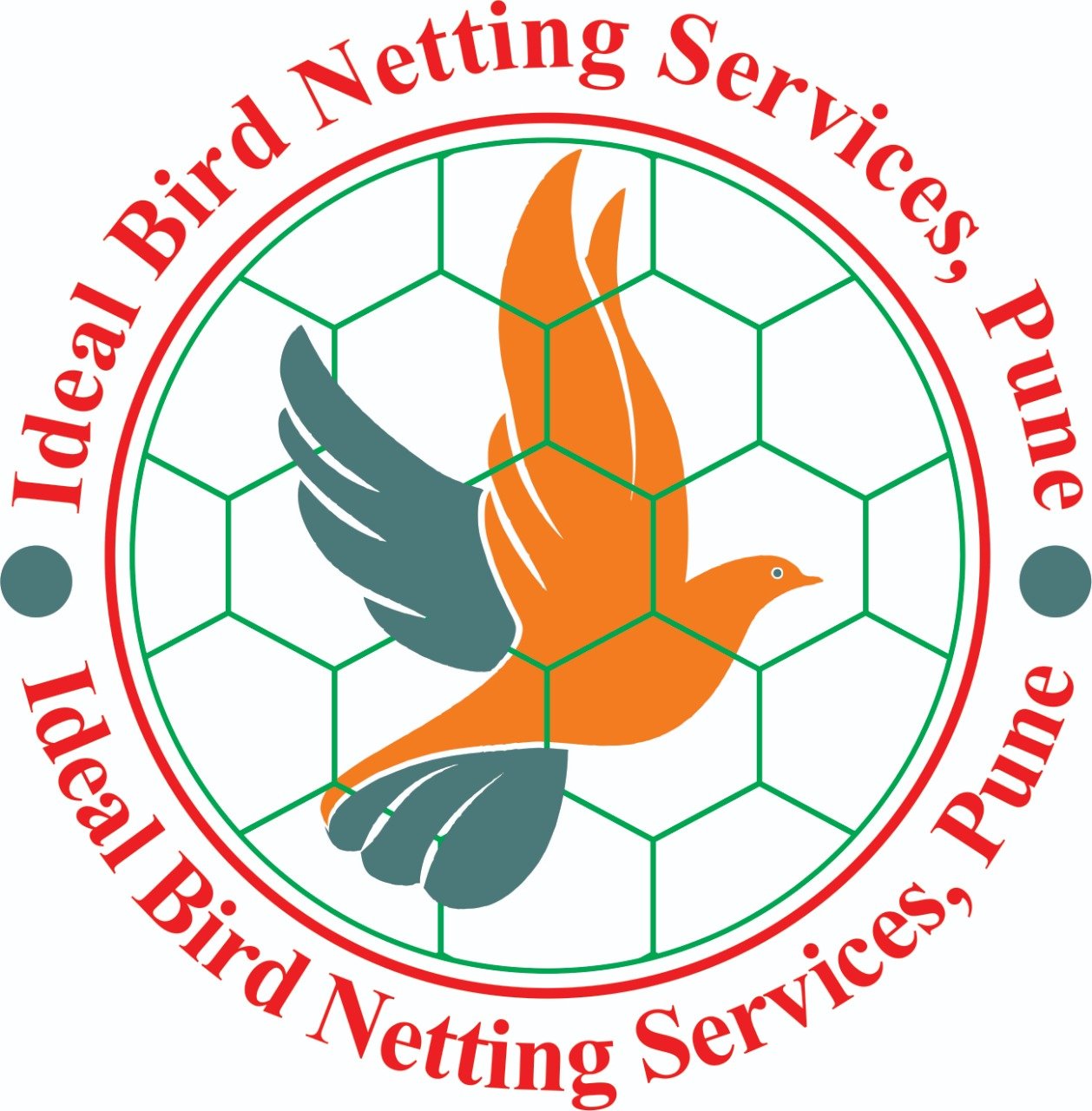
Introduction to Bird Control
Bird control has become an essential consideration for property owners who face challenges associated with avian interference. Various species of birds, while often appreciated for their beauty and ecological roles, can create significant nuisance factors, particularly in urban settings. Issues such as nesting and the subsequent droppings pose not only aesthetic concerns but also health risks and property damage, necessitating effective management techniques.
Landowners and facility managers frequently confront problems stemming from bird invasions. For instance, pigeons, sparrows, and starlings can nest in eaves, gutters, and signage, leading to extensive property remediation costs. Their droppings not only tarnish surfaces but also harbor diseases that can affect human health. Furthermore, these droppings can corrode building materials over time, resulting in structural damage that may require expensive repairs. The presence of birds can deter customers in commercial settings, making bird control an important factor for business viability.
Numerous methods currently exist to address the challenges posed by birds, including the use of chemical repellents, sonic devices, and physical barriers. However, these solutions vary in effectiveness and applicability. For instance, while chemical repellents can deter some bird species temporarily, they often require frequent reapplication and may be harmful to the environment. Similarly, sonic devices can confuse birds with high-frequency sounds but may not provide a long-term solution. Consequently, increasing attention is being paid to bird netting as a viable form of bird control. Bird netting is a physical barrier designed to keep birds away from specific areas, thus maintaining the cleanliness and functionality of structures. This approach not only provides a solution to immediate problems but also acts as a preventative measure against future bird infestations.
Understanding Bird Netting
Bird netting is a specialized form of netting designed to deter birds from entering specific areas while maintaining an open environment that permits the passage of light and air. It is employed across various settings, including agricultural fields, urban landscapes, and residential properties where birds may pose a nuisance or threaten crops. The key functionality of bird netting lies in its ability to create a barrier that is both effective and unobtrusive, ensuring that while birds are unable to penetrate certain spaces, the overall atmosphere remains unencumbered.
There are several types of bird netting available in the market, each tailored for specific applications. The most common types include square mesh netting, which is ideal for keeping larger birds out, and fine mesh netting, which is better suited for smaller species. Additionally, bird netting can vary significantly in terms of its material composition. Some options are made from polyethylene, which is favored for its durability and resistance to harsh weather conditions. Other materials may include nylon or polypropylene, both of which offer unique benefits such as UV resistance and flexibility in design.
The intended use of bird netting varies, but its primary goal remains consistent: to provide an effective means of bird control without causing harm. For instance, farmers may deploy bird netting around fruit trees or crops to prevent birds from pecking at the yield, while urban developers might implement netting on buildings to prevent nesting under eaves. Bird netting allows for a non-lethal approach to bird management, thereby supporting ecological balance while addressing human concerns. The strategic installation of bird netting can thus play a crucial role in mitigating the impact of avian species on various human activities.
Effectiveness of Bird Netting
Bird netting has emerged as a widely recognized solution for mitigating the challenges posed by bird infestations in various settings, including residential, agricultural, and commercial environments. This versatile bird control method serves not only as a physical barrier preventing access but also effectively discourages birds from nesting and feeding in protected areas. Numerous case studies and statistics confirm the efficacy of bird netting in safeguarding properties from damage caused by birds.
For instance, a study conducted by the University of California published in the “Journal of Avian Biology” highlighted that properties where bird netting was installed reported an average reduction of up to 95% in bird-related incidents, particularly with species known for causing agricultural crop damage. Furthermore, testimonials from property owners illustrate the immediate benefits of implementing bird netting. A vineyard owner in Napa Valley noted that following the installation of bird netting, losses to grape production were dramatically minimized, freeing them from the distress of annual avian-related crop failures.
Moreover, bird netting does not only help in reducing physical damage but also plays a significant role in preserving cleanliness and maintaining hygiene. Properties that have employed bird netting, especially along rooftops and within urban environments, have reported fewer incidences of bird droppings accumulating on structures, which can pose serious health risks. Several municipalities have evaluated the effectiveness of bird netting as part of their urban wildlife management strategies and have acknowledged its success in enhancing public spaces while ensuring ecological balance.
In conclusion, the effectiveness of bird netting is well-documented through various studies, statistics, and the experiences of property owners. By providing a reliable line of defense against unwanted bird activity, this method not only serves to protect property but also contributes to maintaining a harmonious coexistence between humans and wildlife.
Common Misconceptions About Bird Netting
Bird netting is commonly used as an environmentally friendly solution for protecting crops, gardens, and buildings from bird damage. However, several misconceptions continue to surround its effectiveness and safety. One prevalent myth is that bird netting can trap or harm the very birds it aims to deter. In reality, when installed correctly, bird netting serves as a barrier that prevents birds from accessing specific areas, allowing for the safe coexistence of wildlife and agricultural practices.
Another misconception is that all bird netting products are created equal. It is important to note that the quality and type of netting can significantly influence its effectiveness. Durable, well-designed bird netting restricts access without causing harm, while subpar products may be less effective or even dangerous to birds. Therefore, it is crucial for consumers to research netting options thoroughly, taking into account factors such as mesh size, material, and intended application.
Some people also believe that bird netting is not a humane solution for managing bird populations. In fact, many experts advocate for the use of bird netting as it provides a non-lethal method of mitigating bird activity. While it might effectively deter certain species from areas where they cause damage, it does not eliminate populations but rather encourages them to find alternative habitats. This approach aligns with ethical wildlife management practices that aim to manage interactions between humans and birds without resorting to harmful methods.
Furthermore, there is the assumption that bird netting is complicated to install and manage. In truth, with proper guidelines and instructions, installation can be straightforward, and the maintenance is often minimal. Understanding these misconceptions is essential, as it allows for better-informed decisions regarding the use of bird netting in various settings while promoting the welfare of avian species.
Why Bird Netting is Safe for Birds
Bird netting is increasingly recognized as a humane option for managing bird populations while minimizing harm to the birds themselves. The design of bird netting is critical in ensuring that it serves its purpose without endangering the avian species it aims to protect. One of the foremost considerations is the use of appropriately sized mesh. By selecting a mesh size that is small enough to prevent birds from entering the areas that need protection, yet large enough to allow for air circulation and light penetration, netting can effectively deter unwanted birds without causing physical harm.
Proper installation techniques are equally important in promoting the safety of birds. When bird netting is installed correctly, it minimizes the risk of entrapment. Securing the netting tautly and ensuring there are no loose edges or gaps can help prevent birds from accidentally getting caught. Additionally, it is essential to check regularly for any signs of wear or damage to the netting, enabling prompt repairs that further reduce risks to birds.
The material used in bird netting also plays a significant role in its safety profile. High-quality netting made from durable, non-toxic materials ensures that it withstands environmental conditions while being gentle enough for birds. Unlike other methods of bird control, such as traps or toxic poisons, netting poses no direct threat to birds, making it an ethical choice for those looking to protect their gardens or buildings from avian intrusion.
Incorporating bird netting into your strategy not only safeguards your property but also upholds a commitment to wildlife protection. The careful consideration of mesh sizes and installation techniques guarantees that the humane treatment of birds is a priority, helping to maintain a balance between human interests and avian conservation.
Installation and Maintenance of Bird Netting
Installing bird netting effectively requires preparation and the right tools. First, gather essential materials such as bird netting itself, suitable anchors, support poles or frames, and tools including scissors, a measuring tape, and a staple gun or tie wraps. Choosing the correct type of netting based on the area you intend to cover—such as garden beds, balconies, or fruit trees—is crucial for ensuring optimal effectiveness in repelling birds.
The installation process can be broken down into several steps. Start by measuring the area where the netting will be applied. This will help you determine the quantity of netting required and assist in planning how to support it adequately. Cut the netting to the desired size, ensuring that it extends beyond the edges of the area being protected by at least a few inches to provide a secure fit.
Next, establish anchor points around the perimeter of the area. Using stakes, frames, or other secure structures, fasten the netting tightly to prevent sagging, as this could provide birds with access. Utilize a staple gun or tie wraps to affix the netting at various points along the edge, ensuring it is taut but not overly stretched. Consider adding weights or additional support on the bottom to ensure the netting remains grounded.
Regular maintenance of bird netting is essential for long-term effectiveness. Periodically inspect the installed netting for tears, holes, or signs of wear and tear that can compromise its protective function. Cleaning the netting from debris and dust will also help in maintaining its integrity and visibility. If repairs are necessary, use additional pieces of netting or repair kits specifically designed for bird control netting. By adhering to these guidelines, the durability and efficiency of bird netting will be significantly enhanced, helping you achieve your bird control objectives.
Comparing Bird Netting with Other Bird Control Methods
When considering ways to mitigate the adverse effects of birds on properties and crops, various bird control methods are available, each exhibiting unique advantages and disadvantages. Among these methods are bird spikes, repellents, and physical barriers, each offering distinct approaches, with bird netting often emerging as the most effective option.
Bird spikes are a popular deterrent designed to prevent birds from landing on surfaces. While they can effectively keep birds away from specific areas, their visual impact may be off-putting to some property owners. Moreover, spikes do not address the problem of birds nesting in areas where these deterrents are not installed. Thus, their effectiveness is limited primarily to high-traffic areas and may not provide a long-term solution.
Repellents, which can be chemical or visual, also serve to keep birds at bay. Although useful in some scenarios, the efficacy of repellents may diminish over time, especially in outdoor environments where weather conditions can wash away or degrade their effects. Furthermore, some repellents can pose risks to other wildlife and may require continual reapplication, which adds to maintenance efforts and costs.
Physical barriers, such as wire meshes or fences, offer another method for keeping birds from specific locations. These options can be effective, but they often require robust installation and can be less aesthetically pleasing. They may also be subject to wear or damage over time, leading to potential vulnerabilities in bird control.
In contrast, bird netting provides a comprehensive solution that securely blocks birds from accessing desired areas without the visual drawbacks of spikes or the need for constant reapplication like repellents. Its versatility and effectiveness make it a preferred choice for both agricultural and urban settings, ensuring long-term safety and efficiency.
Case Studies and Success Stories
Bird netting has become a widely adopted solution across various sectors, addressing the challenges of bird-related issues effectively. An illustrative case is a fruit farm in California that faced significant losses due to bird damage. The owner implemented bird netting across their orchards, which involved careful planning and execution of the installation process. Initially, challenges arose regarding the placement of the netting to avoid harming the fruit trees. However, after consulting with experts, they were able to install the netting without compromising the health of the trees. The result was a dramatic reduction in bird interference, which ultimately led to a 30% increase in overall fruit yield.
Another notable success story comes from a major urban rooftop restaurant that struggled with pigeons and other nuisance birds. The restaurant owners were concerned about hygiene issues and the impact of birds on the dining experience. They opted for bird netting as a preventive measure. The netting was tailored to fit the unique contours of the rooftop space while ensuring minimal visual obstruction for patrons. Following the installation, the restaurant reported a marked decline in bird presence, which not only enhanced the ambiance but also improved hygiene standards. The netting effectively created a barrier, demonstrating the safety and practicality of the method in a busy urban setting.
In the aviation sector, airports have implemented bird netting solutions to safeguard aircraft from bird strikes. One such airport in Florida faced recurring bird strikes, impacting flight safety and operational efficiency. By installing high-density bird netting around critical areas, the airport authorities successfully created a bird-free zone. The result has been a significant reduction in bird-related incidents, contributing to safer aviation practices while ensuring compliance with safety regulations.
Conclusion: Embracing Humane Bird Control Solutions
As urban spaces expand and natural habitats diminish, encounters between humans and birds are becoming increasingly common. This necessitates effective and humane bird control methods to address various challenges posed by these avian populations. Throughout this guide, we examined the effectiveness of bird netting as a strategic solution to managing wildlife interactions while maintaining ethical considerations.
Bird netting stands out as a preferred method due to its non-lethal nature, allowing for the effective exclusion of birds from critical areas without causing harm. Unlike other control measures that might inadvertently result in injury or death, bird netting serves to safeguard both property and wildlife. The various types of bird netting available, including nylon, polyethylene, and specialized mesh solutions, cater to different needs and circumstances, showcasing versatility and ease of installation. This adaptability facilitates its use in a range of settings, from agricultural fields to urban structures, ultimately promoting coexistence rather than conflict.
Moreover, the implementation of bird netting aligns with broader environmental conservation efforts. By providing a humane option, property owners can mitigate risks associated with birds, such as crop damage or contamination, while adhering to ethical standards of wildlife management. The potential financial benefits derived from reduced damage and maintenance costs further enhance its appeal as a sustainable practice.
In summary, the effectiveness and safety of bird netting as a humane bird control solution should not be underestimated. As individuals and communities seek to navigate the complexities of living alongside avian species, the adoption of bird netting emerges as a pragmatic choice. It encourages responsible stewardship, allowing for harmonious relationships between humans and birds and fostering a deeper appreciation for the natural world that surrounds us.

